The Rhodope Railway
This small Bulgarian railway, linking the towns of Dobrinishte Septemvri, covers a distance of 125 km. With a track width of 760 mm it’s the last narrow gauge railway in the country. It’s a little gem that runs through the heart of the mountains of Rhodope region, one of the most beautiful and authentic areas of Bulgaria.

The Rhodopes
The region of the Rhodope Mountains, with an area of approximately 15,000 km. is divided between Bulgaria and Greece. The majority, 83%, extends through Southeast of Bulgaria. The running rivers have created spectacular canyons. The highest peak, the Golyam Perelik, is 2,191 m high. Dense coniferous forests make it one of the greenest regions of the Balkan Peninsula.
Thanks to the existence of many rivers, many dams for hydroelectric power production have been built.
History
The Rhodopes were inhabited since prehistoric times. The earliest known inhabitants were the Thracians. This people built numerous temples, villas and forts, as the city of Perperikon. Its ruins still remain and are a major tourist attraction.
During the middle Ages the region was divided between Bulgarian and Byzantine empires. At the end of 14th century the region was occupied by the Ottoman Empire. The occupation lasted five centuries and gradually carried out a process of Islamization in the area. Between 1878 and the First Balkan War the Rhodopes were annexed to Bulgaria. During the First World War the south of the region was annexed to Greece.
Society and Economy
La economía de la región se fundamenta principalmente en la agricultura, la minería y el turismo. La cría de rebaños de ovejas, la explotación forestal de los bosques y el cultivo del tabaco son las actividades agro-forestales más destacadas. En la zona podemos encontrar explotaciones mineras de plomo, zinc, hierro y oro.
The Rhodope Railway
The railway links the cities of Septemvri and Dobrinishte. It is operated by BDZ (Bulgarian State Railways). It travels 125km through a mountainous and inaccessible region. Terminus Station, Septemvri, is located on the main line railway linking Sofia and Plovdiv.
It is undoubtedly one of the most difficult lines of the country. Not surprisingly it must overcome heights of 1267 meters (Avramovo station) and climb a height of 1029 meters in its first 68 km!
The construction of the line was boosted by the Bulgarian army. During the First World War (1915) there was an interest in joining the cities of Septemvri and Gotse-Delchev. When the war ended its strategic interest disappeared. Nevertheless the construction of the line continued, in sections, until 1945. That year the line reached Dobrinishte. The last part to Gotse-Delchev, just 50 km from the Greek border, was never built.
The railway serves a total of 25 stations. Among the most important are Konstantovo, Velingrad, Avramovo, Smolevo or Bansko. This last winter village is visited by numerous tourists who come to the ski slopes close to the village. The entire line was built in single track with a width of 760 millimeters.
The first section, between Septemvri and Velingrad has 10 tunnels. In this section, between the stations of Konstantovo and Dolene, there are the steepest slopes of the entire line with ramps 32 thousandths. It was opened in 1926. Until 2002 a goods branch was open between Varvara and Pazardzhik (on the main Sofia – Plovdiv line).
The second section, between the stations of Velingrad and Yakoruda is definitely the hardest. Between the stations of Daganovo and Sveta Petka, the railway has to overcome the greatest difficulties of the terrain. Avramovo Station, with its 1,267 meters high, determines the entire path. Exceeding this level is only possible through 25 tunnels, two viaducts and four spirals. This section was opened in 1937.
The last part of the path between Yakoruda and Dobrinishte is the easiest of all the line, since it is built with specific UIC track, in case of change of the track width. We remind that this section is the most modern of the line and opened between 1939 and 1945.
In this section there was an industrial branch with origin Razlog Station which was closed in 2003 when the goods traffic ceased in the whole line.
During the trip, you will appreciate the great use of railway by local residents. It is usual to travel with farmers transporting fruit and vegetables from their gardens or neighbors of the towns served by the railway who have visited the markets in Velingrad and return home with their purchases. No doubt, you will live again a picture of the past that is no longer found in any other place in Western Europe.
Rolling Stock
The railway operates regularly with several series diesel locomotives. The 75000 series built by Henschel in Kassel in 1965 and the 77000 series built by FAUR in Bucharest. The 77000 series is an improved version of the 76000 series also built by FAUR that circulated on the narrow gauge line between Cherven Bryag and Oryahovo. After its closure, these locomotives were assigned to the line of the Rhodopes, although they never circulated. In 2009 the railway sold them to the Argentinean Rio Turbio railway in the Patagonia. Earlier, in 1996, four 77000 locomotives were also sold to the same railway.
Currently four locomotives serve in the line of Septemvri: the 77002 and 77005 and 75004 and 75006. Others are stationed in the depots of the company as spare parts. The 76011 has been preserved for the BZD museum (source Rail Passion n ° 55).
Circulation with Historical Material
Sporadically, some circulations with historical material are offered. Historical trains are pulled by steam locomotive 609.76, built in 1949 and that ran on the line. Circulations are upon request.


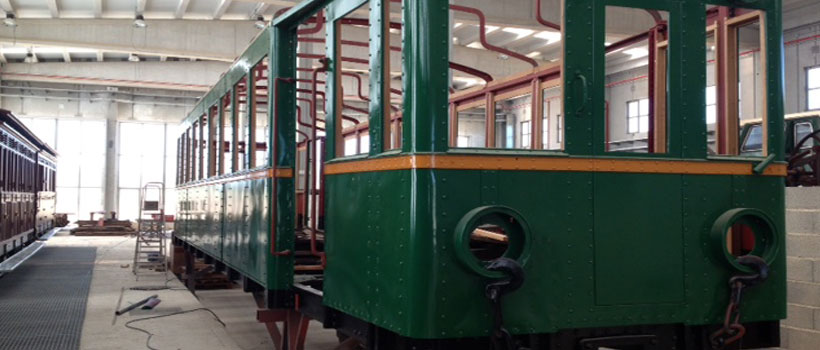
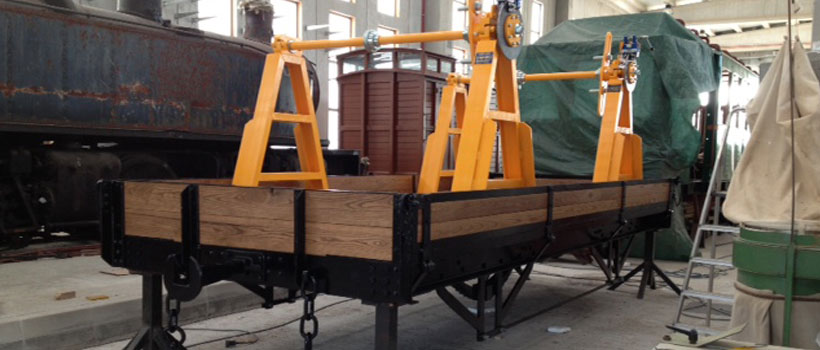
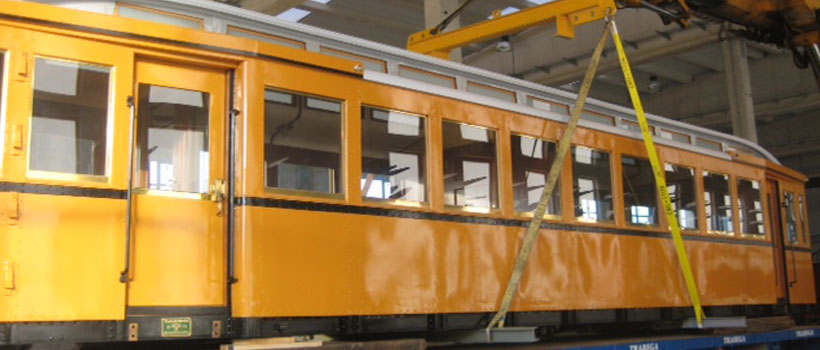






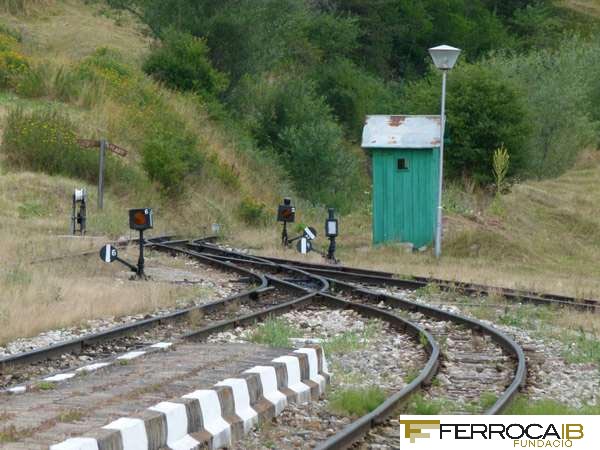





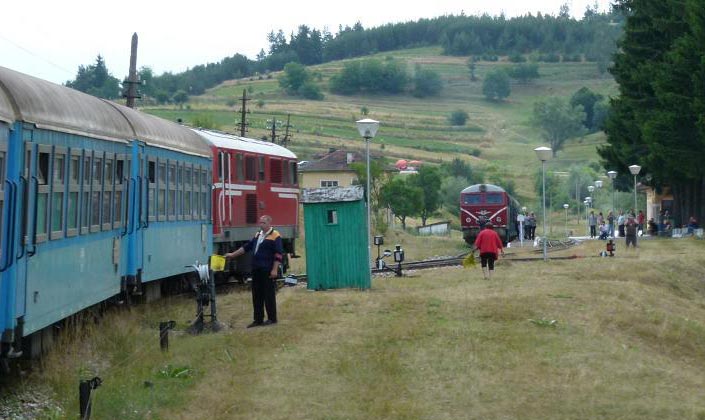

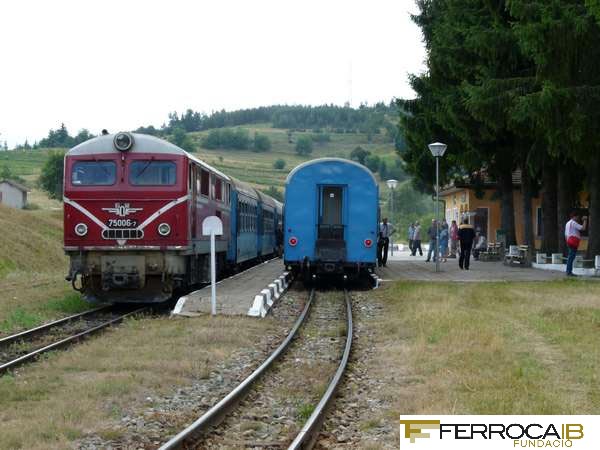


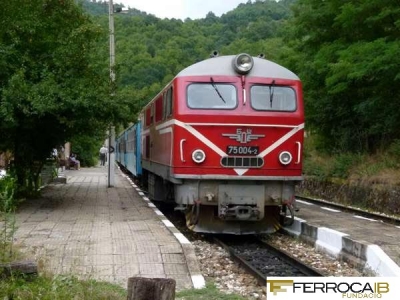



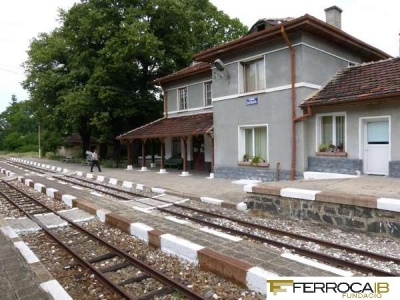



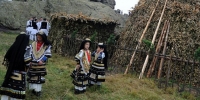
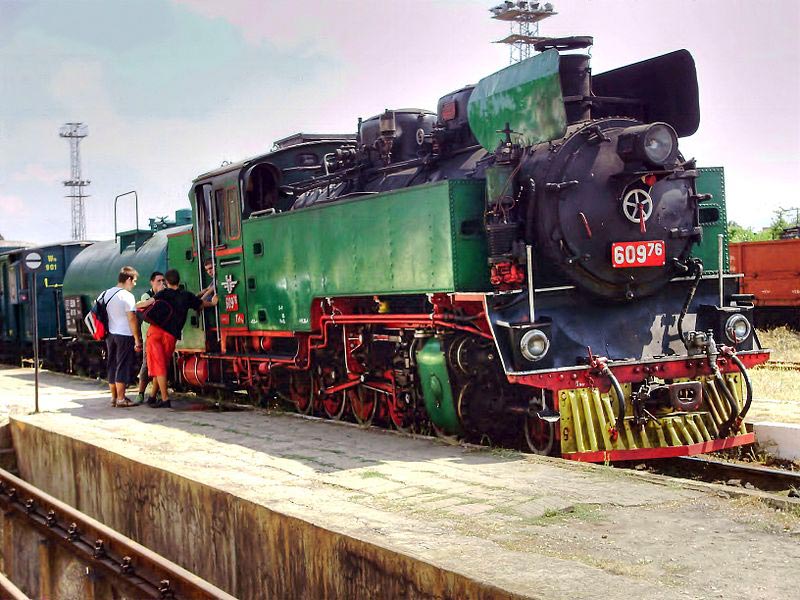



 sending…
sending…